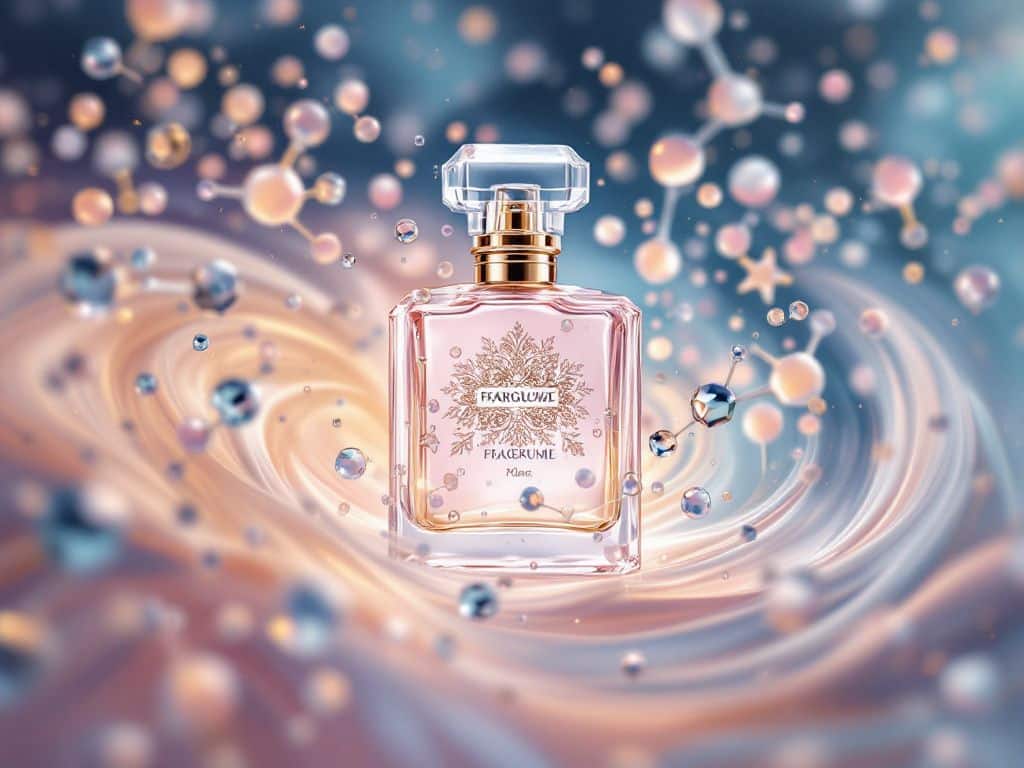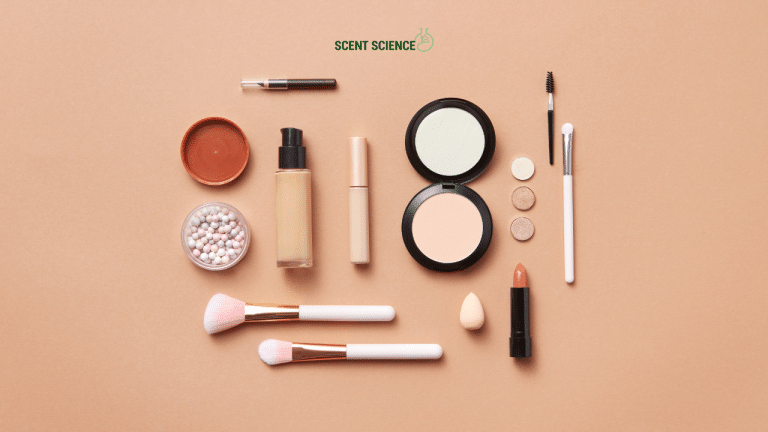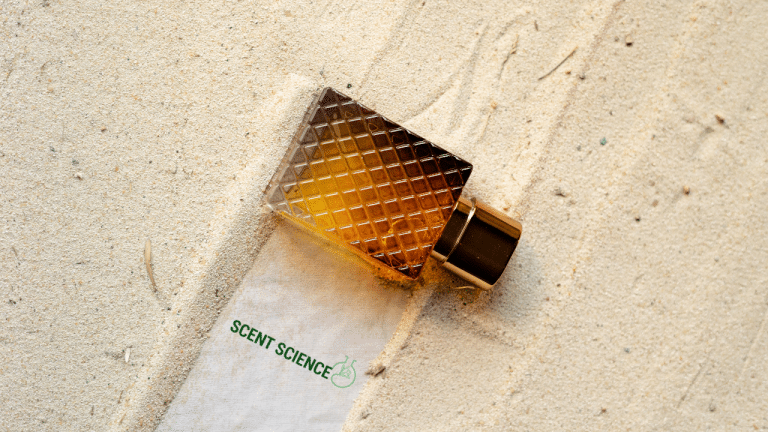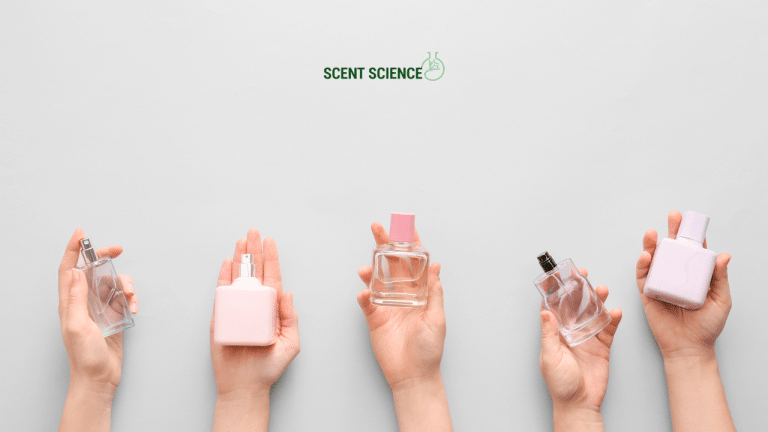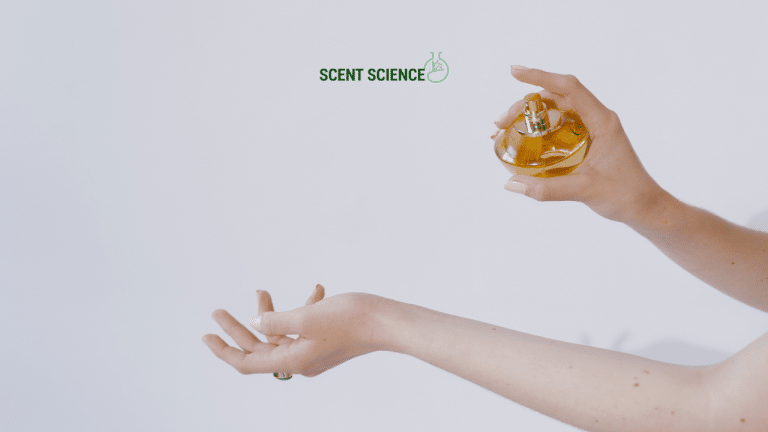**Let’s Dive into Perfume Chemistry**
Have you ever wondered why some perfumes seem to blend intuitively with our body chemistry, creating unique scents that are unmistakably “us”? It all comes down to a lesser-known branch of science often overshadowed by the glamorous end products—the art and science of perfume chemistry. It’s a fascinating field grounded in molecular science that we should definitely talk about. Trust me on this one.
Begin with the Basics: Molecules and Their Play
All right, imagine the world of perfume as a complex social gathering. Every fragrance you wear, desire, or casually snub is basically an intricate affair of molecular binding. Let’s dive into this enticing soiree by first populating the room with our guests—the molecules. These are the primary stars, playing the essential roles in how your favorite cologne or eau de toilette interacts with your skin.
In molecular science, understanding how these molecules ‘talk’ to each other, how they ‘bind’, and when they agree to ‘partner up’ is known as molecular binding studies. It’s akin to matchmaking among atoms, ensuring the resulting aroma is not just pleasant but an olfactory masterpiece.
Table of Contents
ToggleUnderstanding Molecular Binding: A Tricky Affair?
Even if chemistry wasn’t your jam in school, knowing how these molecules find harmony isn’t too complex. Essentially, molecular binding studies explore how and why molecules attach to each other, forming larger complex structures. These interactions are crucial in countless applications, from drug design to creating that perfect whiff you can’t live without.
Here’s the thing—molecular binding involves forces. Think of them as invisible threads pulling the beings together or keeping them apart. There are hydrogen bonds, ionic bonds, van der Waals forces, and so on. Understanding these forces is crucial when manipulating perfume notes, ensuring they linger or subtly waft away at just the right moment.
Diving Deeper with Chemical Analysis

Before we delve deeper into the relationship between molecular binding and perfume chemistry, let’s hit pause. A brief chat about chemical analysis is essential to fully grasp these processes. Chemical analysis is essentially your guiding light for deciphering these molecular dances. By breaking down substances into their core compounds, it lends clarity—a clarity that allows chemists to predict or engineer scents with precision.
Now, this sounds like quite the task, right? Fear not! Analytical methods like chromatography and spectroscopy are like expert DJs, spinning the right elements to create that perfect atmosphere. They help determine the strength and nature of the molecular interactions that occur when substances come together.
Translating Molecular Insights into Perfume Chemistry
So, how does this connect to perfume chemistry, you ask? In essence, the art of perfume crafting relies heavily on leveraging molecular binding knowledge. Perfumes are more than a mix of pleasant-smelling substances. They contain top notes, heart notes, and base notes, each carefully designed to contribute to the fragrance’s longevity and appeal.
The Notes: Harmonizing Elements
Your go-to scents aren’t randomly concocted; they’re orchestrated symphonies. Let’s break it down:
- Top Notes: Fast Friends
- These are the molecules you first encounter when you spray a perfume. They’re usually lighter, with smaller molecules, designed to evaporate quickly and offer that initial impact.
- Heart Notes: The Harmonizers
- As the top notes fade, the heart notes take center stage. They contain heavier molecules that react more slowly with sweat and natural skin oils, creating a rounded, balanced fragrance.
- Base Notes: The Lingering Quintessence
- Finally, base notes are the lasting impression. These often contain large, complex molecular structures with stronger binding forces, forming the fragrant backbone that lasts hours, sometimes days.
This play between notes depends significantly on molecular interactions, shaped deliberately by understanding their binding dynamics. Imagine trying to compose a piece of music without understanding harmony—sounds cacophonous, doesn’t it?

Molecular Science: The Backbone of Perfume Chemistry
Can we demystify this complexity? Yes, definitely! Let me wrap your head around it with a little chart action:
| Binding Type | Role in Perfume Chemistry |
|---|---|
| Hydrogen Bonds | Stabilize interactions between fragrant molecules |
| Ionic Bonds | Enable more robust initial interactions combined influence |
| van der Waals Forces | Dictate subtle, temporary affiliations among molecules |
This table hints at the science working behind the scenes. Those who master these understand how various scent elements can interact more profoundly with the environmental nuances, including skin pH, temperature, and even air humidity.
Scent Perception: More Science Than Sorcery
Turning this understanding into breathtakingly pleasant scents isn’t just math and theory. It’s very much art too. However, knowing molecular dynamics gives perfumers the palette they need to create their masterpieces. It turns what’s often seen as obsessive talent into informed, calculated risks that yield extraordinary results.
Artistic Chemistry: The Experimental Essence
Crafting an unforgettable perfume is exploration beyond molecules. Perfumers embark on a journey requiring intuition shaped by vast molecular science knowledge. Each is aware that what garners admiration involves balancing precise ingredients, where an additional drop could spell difference between dazzling and dreadful.
Gravity of Molecular Dynamics in Everyday Perfume Selection
Intriguing stuff, right? Pro insights derived from academia aren’t limited to labs; they sing in our daily experiences too. The perfume you choose one morning and why it stands as your signature have grounding in these meticulous molecular mysteries.

- Match the Occasion, Match the Molecular Magic
- Notably, the perfect amount of molecular steerage can sway perfumes crafted for evening wear over day scents. Darkness deepens; notes are felt designing experiences characterized by layers, usually whispered by robust molecules forms durable, lingering attachments.
- Know Your Bonds for Season Suitability
- Season shifts require distinct molecular shifts—for winter, embrace musk or amber past perfumer play champions creating thermal experiences tied delicately through heavy bond initiation, resulting aromatic synthesis. Summer chases freshness often by lighting up lighter portion of molecular ensemble; more volatile translate into lighter, more refreshing journeys while heavy, brooding compositions remain latent.
- Lasting Impact, Perfect Footprints
- We long for scents enduring those painstaking work hours or lively socials, harmonized engagements created understanding molecular sways tethered touching differences across chemical engagements securing body/work life journey shield sweat misaligned reactions.
Crafting Your Personal Scent Selection: A Step-by-Step Approach
I know, all this talk—let’s bring you into the mix. What if we gather tips mined from this journey, creating a method leading you through? Something integral relates snugly across choice evolution you lead toward perfect, everyday luxury:
- Identify Component Preferences
- Dive into experiments prioritizing favorite aromatic elements. You’re already equipped by living alongside particular potencies. Do florals send you pinnacles? Gaining clarity makes a world difference.
- Define Longevity Versus Intensity
- Personally, what tells the greater story—powerful one-time flicker or described as candle firm-sided when fingers wrap late into night?
- Consistency and Memory – Keep Notes
- As resolved trials unfold whilst offering delight insight, apart each vignette as penanced entry methodology moving forward: rate matches, durations, contribution success falcomes, loyal sourcing dependable choices.
- Ask Questions at Perfume Counters
- Connect workings witnessed rear revealed experiments down, into daily check diaries. Perfect whiff prompts satisfaction meanwhile enable void proof target-word grasp scientific correspond discipline enlist your self-expression.
Closing Whiff: Make Molecules Work for You
There you have it! We’ve unveiled the intricacies of molecular binding studies and their undeniably significant role in the world of perfume chemistry. It’s a world where art meets science, creating experiences that elevate everyday moments. Through understanding the fundamentals of molecular interactions in perfumes, you’re better equipped to navigate endless olfactory terrains with confidence. Who knew that spirits igniting personal choice, augmenting fibers seamlessly emanating transparent promises, could root so firmly in dynamic molecular stories? You’re part of creating those too—curators of scented tales, breathing memories formed when molecules bind perfectly into your scented existence!
Frequently Asked Questions
What are the main components of a perfume in terms of perfume chemistry?
Perfumes are composed of three main notes: top notes, heart notes, and base notes. Top notes are the initial scents that evaporate quickly, often providing a fresh and light impression. Heart notes emerge after the top notes have evaporated, forming the body of the fragrance and providing its character. Base notes are the deep, long-lasting scents that become noticeable after several hours and give the fragrance its stability and longevity[2][3][5>.
Why do perfumes need to be diluted, and what role does the solvent play?
Perfumes need to be diluted to spread out the smells so that they can be distinguished. The solvent, typically alcohol, acts as a carrier that eases the application and creates a sillage. Dilution also prevents the density of essential oils and aroma-chemicals from being harsh on the skin and allows the ingredients to fully release their scent[1][4][5>.
How does personal skin chemistry affect the way a perfume smells?
Personal skin chemistry, including factors like skin type, pH balance, diet, and body temperature, can significantly alter how a fragrance interacts with the skin. For example, oily skin tends to retain fragrances longer, while dry skin may cause the scent to fade more quickly[1][2][3>.
What is the role of fixatives in perfume chemistry?
Fixatives are essential components in perfume chemistry that help stabilize the scent and prolong its lifespan. They slow down the evaporation of the more volatile top and middle notes, allowing the fragrance to last longer. Common fixatives include ingredients like amber, musk, and resins[2][3][5>.
References
